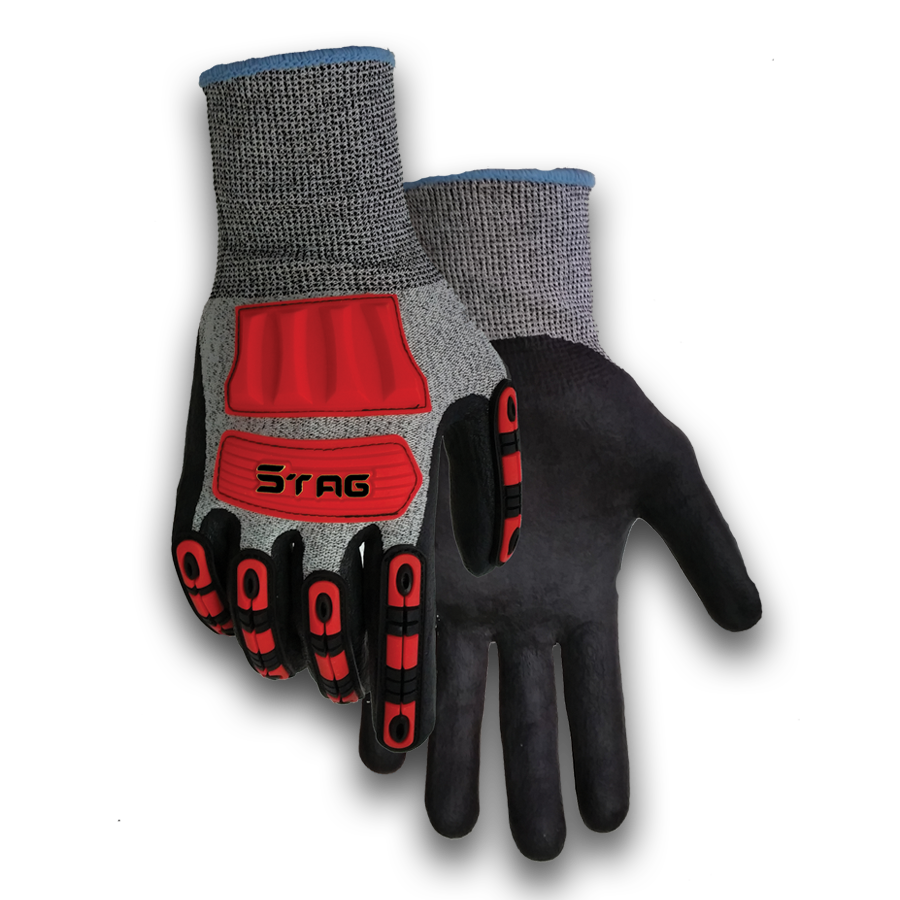
Nitrile Gloves vs. Latex Gloves
Share
When it comes to choosing the right gloves for your needs, there are many factors to consider. Two of the most common types of gloves used in medical and industrial settings are nitrile gloves and latex gloves. While they may look similar at first glance, they have some significant differences that can impact their effectiveness and suitability for different applications.
Nitrile Gloves vs. Latex Gloves: What's the Difference?
In medical and industrial settings, gloves are a critical part of personal protective equipment. However, not all gloves are created equal. Nitrile gloves and latex gloves are two of the most common types of gloves used, but they have some significant differences. In this post, we'll explore the differences between nitrile gloves and latex gloves, and which one might be right for your needs.
Glove Material
The primary difference between nitrile gloves and latex gloves is the material they're made of. Nitrile gloves are made from a synthetic material called nitrile, while latex gloves are made from natural rubber latex. The biggest advantage of nitrile gloves is that they're hypoallergenic, as they don't contain the proteins that can cause allergic reactions in some people. On the other hand, latex gloves can cause allergic reactions for some individuals, which can range from mild discomfort to severe anaphylaxis.
Work Glove Durability
Nitrile gloves are generally more durable than latex gloves. They're more resistant to punctures, tears, and chemicals, making them a better choice for industrial applications. For example, nitrile gloves are commonly used in automotive or manufacturing settings where workers come into contact with harsh chemicals or sharp edges. In contrast, latex gloves are more prone to punctures and tears, which can compromise their effectiveness as a barrier against pathogens. However, they may be a suitable choice for lighter-duty applications such as food preparation or basic medical procedures.
Comfort
While nitrile gloves are more durable, latex gloves are often considered more comfortable. Latex gloves are softer and more flexible, which allows for greater range of motion and dexterity. Some people may prefer them for activities such as crafting or painting. However, if you have a latex allergy, nitrile gloves may be the more comfortable option.
Glove Cost
One potential drawback of nitrile gloves is their cost. They're generally more expensive than latex gloves, due to the higher cost of the synthetic materials used to make them. However, their greater durability may make them a better long-term investment for certain applications. It's important to consider the intended use of the gloves when making a purchasing decision.
Availability
During the COVID-19 pandemic, there has been a surge in demand for disposable gloves, leading to shortages and price increases. However, nitrile gloves have been more readily available than latex gloves. Many manufacturers have shifted production to meet the increased demand for nitrile gloves, so they may be the more reliable option for those who need to buy gloves in bulk.
Nitrile Gloves or Latex Gloves?
In summary, both nitrile gloves and latex gloves have their advantages and disadvantages. Nitrile gloves are a good choice for industrial settings where durability and chemical resistance are important, while latex gloves may be preferred in medical settings where comfort and flexibility are a higher priority.
It's important to weigh the pros and cons of each type of glove when making a purchasing decision. By considering the intended use, budget, and availability, you can choose the gloves that best meet your needs.
